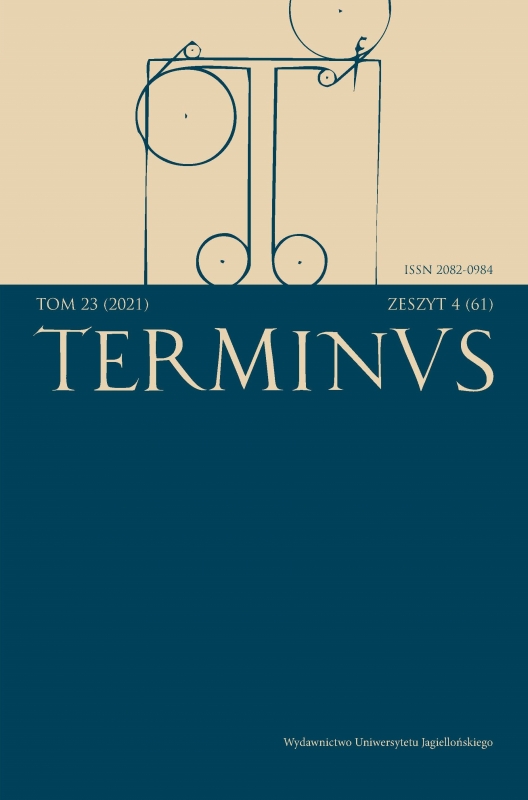Transtekstualne aspekty łacińskiej parafrazy Batrachomyomachii autorstwa Jana Siemuszowskiego
Transtextual Aspects of Jan Siemuszowski’s Latin Paraphrase of Batrachomyomachia
Author(s): Jakub ZbądzkiSubject(s): Language and Literature Studies, Studies of Literature
Published by: Wydawnictwo Uniwersytetu Jagiellońskiego
Keywords: Batrachomyomachia; Jan Siemuszowski; intertextuality; emulation; translation studies
Summary/Abstract: The article aims to analyse how Jan Siemuszowski, author of a 1568 Latin paraphrase of the Batrachomyomachia, used the Roman epic tradition in his work in the context of Renaissance translations of the poem and how he approached the problem of losing references to Greek literature in the process of transferring the piece into another language. The current state of knowledge of Latin translations of Batrachomyomachia is not advanced, and the issue concerning the dialogue of the poem’s Latin versions with classical literature was recently raised solely by Aaron Vanspauwen, who observed that these works mirror transtextual devices of the Greek original, claiming at the same time that this may be accidental. However, there is sound evidence that the devices were deployed intentionally, as transtextuality appears mainly in texts based on emulation. In this case, it is worthwhile to investigate one of the clearest examples of making use of Roman epic tradition in a translation from Greek, which is a paraphrase made by Jan Siemuszowski, containing over 150 direct references to Latin poetry, especially Virgil and Ovid. To achieve this, Batrachomyomachia and Siemuszowski’s paraphrase were compared in a systematic classification using George Genette’s theory of transtextuality. They were found to have two categories in common, metatexts and intertexts, the latter serving as amplifications and parodies (in Genette’s sense) of epic schemes and heroes. In Siemuszowski’s work, the metatexts are visible in quotations that emphasize the fictional dimension of the work or its supposed grandeur. The allusions used in the amplifications exaggerate the power of heroes and their opponents, and the greatness of the entire world depicted. Moreover, the application of some of them to dangerous characters and phenomena seems to outline the perception of mice and frogs. The comic effect of parody is mainly achieved by highlighting the negative characteristics of animals in contrast to ancient models, especially certain types of figures such as gods, heroes or philosophers. Parody also relates to the stories of epic heroes, making them trivial or lending particular, unearned gravity to the animals. It is observed that Siemuszowski mostly used similar methods as the author of Batrachomyomachia. However, he often supplemented the verses with new, significant references to Virgil and Ovid, preventing the loss of transtexts in the process of translation. The complexity of his piece allows us to perceive it as a text of the third degree – in the terminology used by Katarzyna Warcaba. As a result, Siemuszowski’s paraphrase was in line with the trend of emulation-based translations, whose authors avoided translating the text literally and tried to compete with the original or other authors’ versions of the poem in terms of the techniques used in it.
Journal: TERMINUS
- Issue Year: 23/2021
- Issue No: 4 (61)
- Page Range: 455-475
- Page Count: 21
- Language: Polish

